Mediators approach conflict from the perspective that the best people to resolve a conflict are the people who are involved in the conflict. Uninvolved third parties are great resources for people in conflict; mediators and judges can offer objectivity, neutrality, and a larger picture in which to locate a conflict. The biggest difference between a judge and a mediator is our role in resolving that conflict. Judges provide the solution; mediators provide the questions that allow the people in conflict to find their own resolution.
This is my favorite thing about mediating. As a mediator, it’s not my job to resolve the conflict itself. It’s my job to create an environment and to manage a process that will create the best possible circumstances for a solution to be found — but I don’t get to solve the problem.
This approach to problem solving carries over into all of my relationships. Prior to becoming a mediator, I would try to solve a problem that a friend brought to me. Now, I ask questions about the problem. When my twins begin fighting over a toy, I affirm my belief that they can resolve the problem themselves, without my involvement. When my daughter has a problem with a friend at school, I asked her questions about what happened and why, and how she would like it to resolve, and then we role played the conversation that she needed to have with her friend until she was confident in her communication. In working with nonprofits, I have guided boards through difficult discussion about fundraising, employee supervision, and program development.



